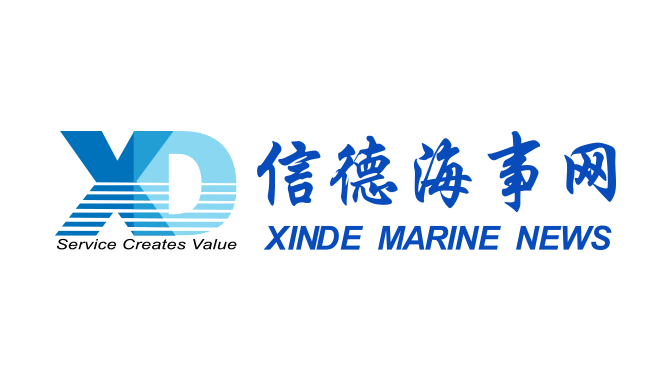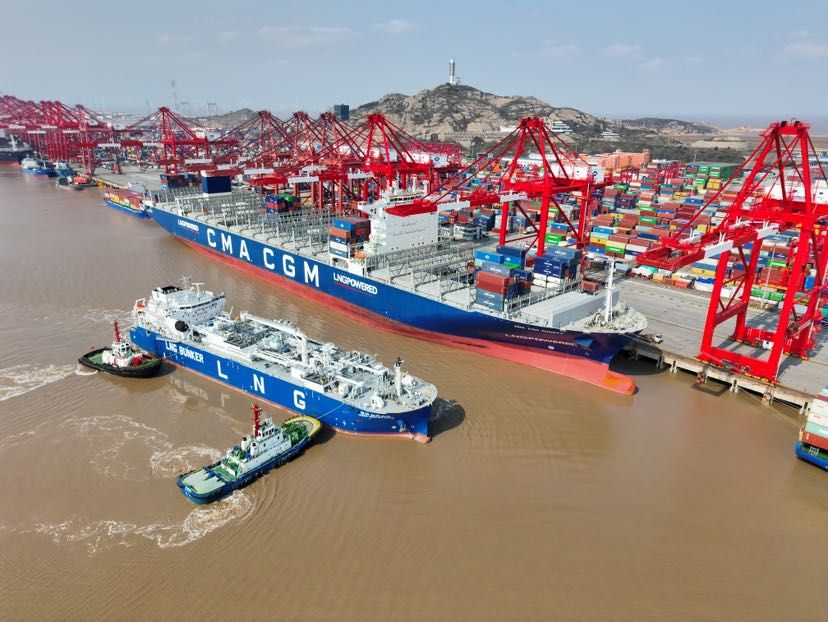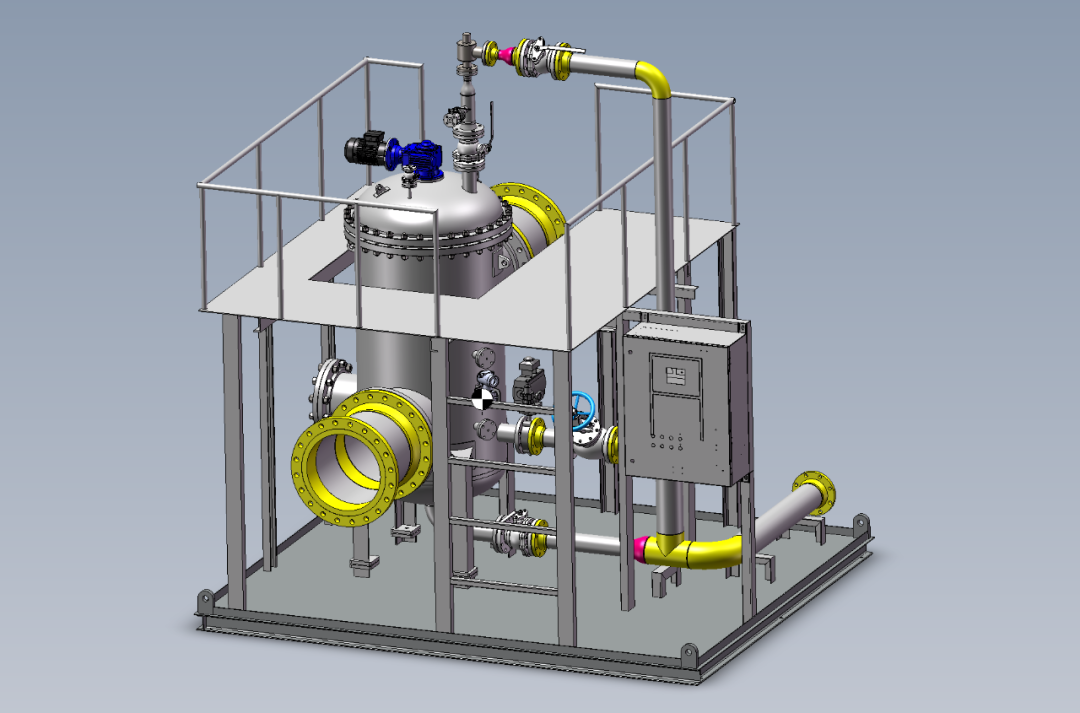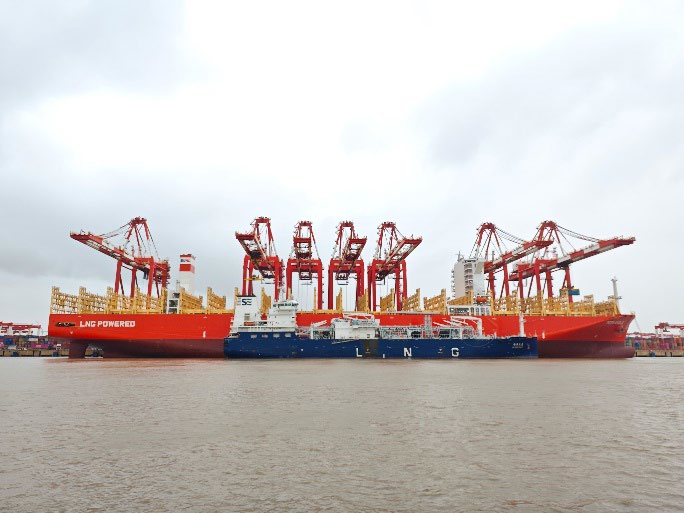
China's targeting of U.S. liquefied natural gas and crude oil exports opens a new front in the trade war between the two countries, at a time when the White House is trumpeting growing U.S. energy export prowess.
China included LNG for the first time in its list of proposed tariffs on Friday, the same day that its biggest U.S. crude oil buyer, Sinopec, suspended U.S. crude oil imports due to the dispute, according to three sources familiar with the situation.
On Friday, China announced retaliatory tariffs on $60 billion worth of U.S. goods, and warned of further measures, signaling it will not back down in a protracted trade war with Washington.
That could cast a shadow over President Donald Trump's energy dominance ambitions. The administration has repeatedly said it is eager to expand fossil fuel supplies to global allies, while Washington is rolling back domestic regulations to encourage more oil and gas production.
“The juxtaposition here is clear: it is hard to become an energy superpower when one of the biggest energy consumers in the world is raising barriers to consume that energy. It makes it very difficult," said Michael Cohen, head of energy markets research at Barclays.
The U.S. is the world's largest exporter of fuels like gasoline and diesel, and is poised to become one of the largest exporters of LNG by 2019. China is the world's biggest crude oil importer.
China had curtailed its imports of U.S. LNG over the last two months, even before its formal inclusion in the list of potential tariffs. It had also become the largest buyer of U.S. crude oil outside of Canada, but Kpler, which tracks worldwide oil shipments, shows crude cargoes to China have also dropped off in recent months.
It comes at a time when the United States has several large-scale LNG export facilities under construction, and after Trump's late 2017 trip to China that included executives from U.S. LNG companies.
"The U.S. gas industry will be much harder-hit by this as China imports only a small volume whereas U.S. suppliers see China as a major future market," said Lin Boqiang, professor on energy studies at Xiamen University in China.
China became the world's second biggest LNG importer in 2017, as it buys more gas in order to wean the country off dirty coal to reduce pollution.
China, which purchased almost 14 percent of all U.S. LNG shipped between February 2016 and May 2018, has taken delivery from just one vessel that left the United States in June and none so far in July, compared with 17 during the first five months of the year.
Meanwhile, according to Kpler, crude exports to China dropped to an estimated 226,000 barrels per day (bpd) in July, after reaching a record 445,000 bpd in March. Sinopec, through its Unipec trading arm, is the largest buyer of U.S. crude.
With LNG demand expected to skyrocket over the next 12 to 18 months, there are still some two dozen firms seeking to build new LNG export terminals in the United States and tariffs may limit their ability to secure sufficient buyers to finance their proposed projects.
U.S. LNG "producers will try to move to other locations," said Dominick Chirichella, director of risk management, trading and advisory services at EMI DTN in New York, noting there will likely be a "big push" to places like Europe and Japan.
"It’s tough to say whether that would offset the loss of LNG from China, so until producers get reorganized, it could slow down some of the exports," he said.
Sources:marinelink
Please Contact Us at:
admin@xindemarine.com


 WOODSIDE AND CHINA RESOURCES AGREE LONG-TERM LNG SU
WOODSIDE AND CHINA RESOURCES AGREE LONG-TERM LNG SU  Shanghai Yangshan Port Bunkered Two LNG Powered Con
Shanghai Yangshan Port Bunkered Two LNG Powered Con  Headway successfully delivers filtration skid solut
Headway successfully delivers filtration skid solut  Celebrating the Launch of “Green Energy Pearl” –
Celebrating the Launch of “Green Energy Pearl” –  PIL and SSES complete the inaugural LNG bunkering o
PIL and SSES complete the inaugural LNG bunkering o  BW LNG secures e-procurement deal with Procureship
BW LNG secures e-procurement deal with Procureship